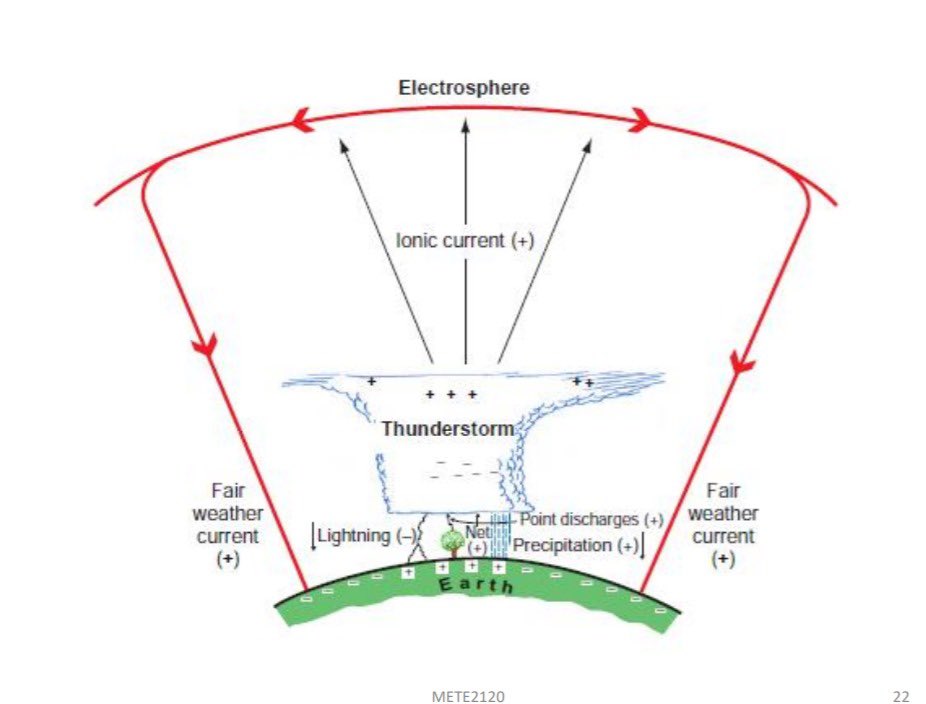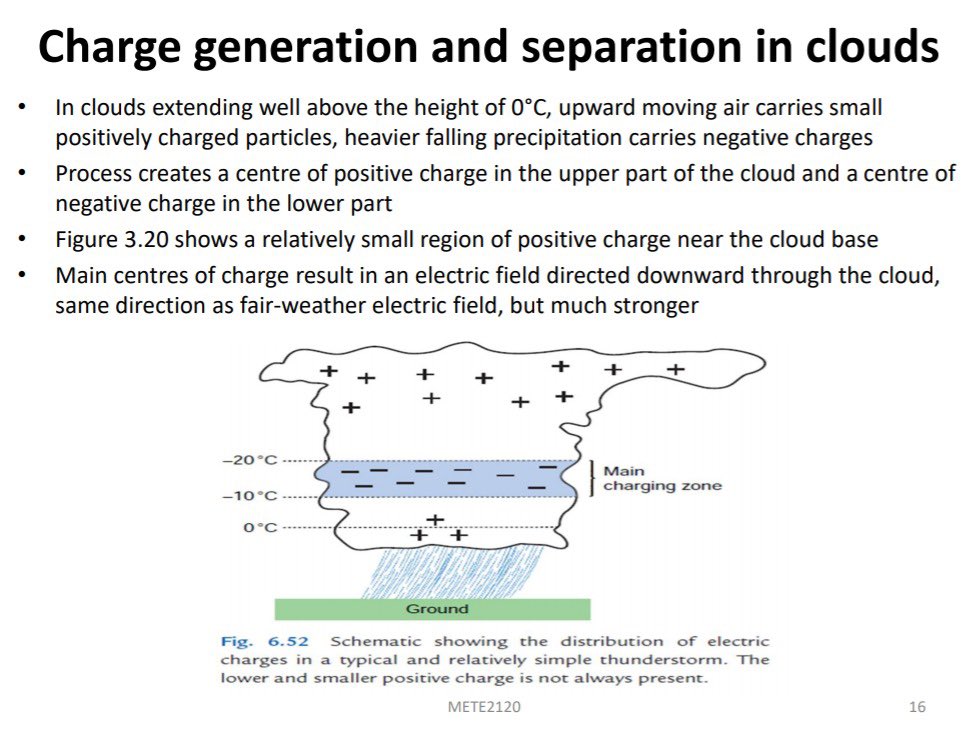Let’s do a (Geography) thread:
What is a volcano?
An opening on the surface that allows hot material (magma) to escape from underground onto the surface
There are active, dormant and extinct volcanoes (classified based on activity within a certain time frame)
What is a volcano?
An opening on the surface that allows hot material (magma) to escape from underground onto the surface
There are active, dormant and extinct volcanoes (classified based on activity within a certain time frame)
*when magma reaches the surface it is then called lava
Eruptions eventually cause a build up of material to occur which would form mounds on the earth or even mountain (this explains volcanoes of different heights)
Eruptions eventually cause a build up of material to occur which would form mounds on the earth or even mountain (this explains volcanoes of different heights)
The movement of tectonic plates (converging and diverging) and subduction can cause magma movement
Magma also rises over specific hot areas within the Earth’s crust
Fun fact: this also causes earthquakes!
Magma also rises over specific hot areas within the Earth’s crust
Fun fact: this also causes earthquakes!
Here’s a 5 minute animated video that explains volcanic eruptions: https://youtu.be/LQwZwKS9RPs ">https://youtu.be/LQwZwKS9R...
So what happens after a volcano has erupted?
Lava may shoot you into the air violently or gently roll down the sides of the volcano
Other results: pyroclastic flows, ash fall (fragments of burnt rock/volcanic glass), avalanches, toxic gas emissions
Lava may shoot you into the air violently or gently roll down the sides of the volcano
Other results: pyroclastic flows, ash fall (fragments of burnt rock/volcanic glass), avalanches, toxic gas emissions
*Ash is toxic but also accumulates very quickly so can actually cause buildings to collapse
Let’s talk about volcanic lightning:
- not caused by the movement of tectonic plates
- caused as a result of the shooting out of lava into the atmosphere in conjunction with some other factors
- not caused by the movement of tectonic plates
- caused as a result of the shooting out of lava into the atmosphere in conjunction with some other factors
Points to note:
- air is a natural resistor
- warm, moist air is very unstable
- unstable air results in severe weather elements like storms, cyclones etc.
- hot air rises
- clouds can have layers of different temperatures
- climate can influence weather
- air is a natural resistor
- warm, moist air is very unstable
- unstable air results in severe weather elements like storms, cyclones etc.
- hot air rises
- clouds can have layers of different temperatures
- climate can influence weather
Picture this: hot lava shoots out into the air - it warms the atmosphere. Then it happens again - more warming
We’re in the tropics so we have moister air rather than dry
Warm + moist = unstable air mass forming
We’re in the tropics so we have moister air rather than dry
Warm + moist = unstable air mass forming
* clouds form as a result of condensation of water vapour in the atmosphere
The warm air rises up above cooler air, but the cold air becomes warmed again due to the heat at the surface (from the volcano). It’s a constant cycle so eventually you can have storm clouds forming
The warm air rises up above cooler air, but the cold air becomes warmed again due to the heat at the surface (from the volcano). It’s a constant cycle so eventually you can have storm clouds forming
I’ll explain this:
Your fair weather electric field is positively charged. So is the earth (surface/ground).
The top of a storm cloud is positively charged as well but within it, there’s a charging zone that is negatively charged. Lightning is also negatively charged
Your fair weather electric field is positively charged. So is the earth (surface/ground).
The top of a storm cloud is positively charged as well but within it, there’s a charging zone that is negatively charged. Lightning is also negatively charged
Updraft carries positively charged particles higher into the atmosphere
Heavy rains carry negatively charged particles downward towards the surface
This results in “layers” of positive and negative charge within the clouds
The charging zone causes a strong electric field..
Heavy rains carry negatively charged particles downward towards the surface
This results in “layers” of positive and negative charge within the clouds
The charging zone causes a strong electric field..
To be sent downward towards the surface
This is how lightning in a storm cloud occurs. The clouds above the volcano (from my understanding) would be similar - very unstable
Also rmr: higher temperatures -> more kinetic (moving) energy
The negative particles are very energetic and also contribute to the lightning
Also rmr: higher temperatures -> more kinetic (moving) energy
The negative particles are very energetic and also contribute to the lightning
Essentially heat causes problems
(All things in this thread are my understanding and may be subject to correction)
I hope I was able to explain in a way everyone could understand
(All things in this thread are my understanding and may be subject to correction)
I hope I was able to explain in a way everyone could understand

 Read on Twitter
Read on Twitter



